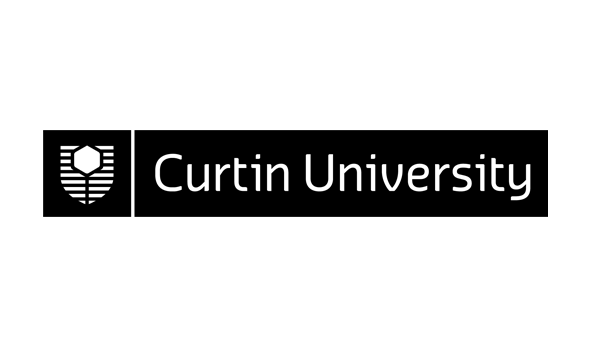307594 (v.3) Engineering; its Evolution, Development, Successes and Failures 100
| Area: | Department of First Year Engineering Studies |
|---|---|
| Credits: | 12.5 |
| Contact Hours: | 3.0 |
| ** The tuition pattern below provides details of the types of classes and their duration. This is to be used as a guide only. For more precise information please check your unit outline. ** | |
| Lecture: | 1 x 1 Hours Weekly |
| Workshop: | 1 x 2 Hours Weekly |
| Prerequisite(s): |
154810 (v.4)
Bachelor of Engineering (Civil and Construction Engineering)
or any previous version
OR 171410 (v.6) Bachelor of Engineering (Mechanical Engineering) or any previous version OR 312635 (v.1) Bachelor of Engineering (Mechatronic Engineering) or any previous version OR 302529 (v.4) Bachelor of Engineering (Chemical Engineering) or any previous version OR 143110 (v.3) Bachelor of Engineering (Software Engineering) or any previous version OR 312158 (v.1) Bachelor of Engineering (Petroleum Engineering) or any previous version OR 308709 (v.1) Bachelor of Engineering (Computer Systems Engineering) or any previous version OR 308710 (v.1) Bachelor of Engineering (Electronic and Communication Engineering) or any previous version OR 308711 (v.2) Bachelor of Engineering (Electrical Power Engineering) or any previous version OR 311721 (v.2) Bachelor of Engineering, Bachelor of Commerce or any previous version OR 304168 (v.2) Bachelor of Engineering (Chemical Engineering), Bachelor of Science (Extractive Metallurgy) or any previous version OR 131510 (v.3) Bachelor of Science (Physics), Bachelor of Engineering (Electronic and Communication Engineering) or any previous version OR 307020 (v.1) Bachelor of Engineering (Civil and Construction Engineering), Bachelor of Science (Mining) or any previous version OR 303763 (v.6) Bachelor of Engineering (Chemical Engineering), Bachelor of Science (Chemistry) or any previous version OR 131410 (v.4) Bachelor of Science (Physics), Bachelor of Engineering (Electrical Power Engineering) or any previous version OR 132210 (v.3) Bachelor of Engineering (Electronic and Communication Engineering), Bachelor of Science (Computer Science) or any previous version OR |
| Syllabus: | An examination of the works and contributions of engineers throughout history, and allied trades like mathematicians and scientists, and how their work has contributed to present day practice. It will look at how engineers have combined knowledge of the day, contemporary engineering practice and engineering 'nous' to meet their engineering challenges. Examples will be taken from ancient Roman and Chinese engineers through to examples of modern practice across a range of engineering disciplines in Europe,North, Central and South America, and Australia. Examples of failures and successes from each discipline. It will analyse the technological, engineering and other reasons; e.g. human, economic, and legal, for the failures and why the successes did not fail. It will then examine how current practice has learnt from and built on these features. |
| ** To ensure that the most up-to-date information about unit references, texts and outcomes appears, they will be provided in your unit outline prior to commencement. ** | |
| Field of Education: | 039999 Engineering and Related Technologies not elsewhere classified |
| SOLT (Online) Definitions*: | Supplemental *Extent to which this unit or thesis utilises online information |
| Result Type: | Grade/Mark |
Availability
| Year | Location | Period | Internal | Partially Online Internal | Area External | Central External | Fully Online |
|---|---|---|---|---|---|---|---|
| 2010 | Bentley Campus | Semester 2 | Y | ||||
| 2010 | Miri Sarawak Campus | Semester 1 | Y | ||||
| 2010 | Miri Sarawak Campus | Semester 2 | Y |
Area External refers to external course/units run by the School or Department or offered by research.
Central External refers to external and online course/units run through the Curtin Bentley-based Distance Education Area
Partially Online Internal refers to some (a portion of) learning provided by interacting with or downloading pre-packaged material from the Internet but with regular and ongoing participation with a face-to-face component retained. Excludes partially online internal course/units run through the Curtin Bentley-based Distance Education Area which remain Central External
Fully Online refers to the main (larger portion of) mode of learning provided via Internet interaction (including the downloading of pre-packaged material on the Internet). Excludes online course/units run through the Curtin Bentley-based Distance Education Area which remain Central External

